Hi there, pet lovers! 🐟
If you’re searching for a peaceful, hardworking fish to keep your tank sparkling clean, the Otocinclus catfish (commonly called Oto Catfish or simply Otos) might be exactly what you need. These tiny algae-eaters are adored by aquarists for their gentle nature, small size, and incredible ability to keep aquarium glass and plants spotless.
In this comprehensive review, we’ll explore everything you need to know about Otocinclus—from their natural behavior and care requirements to feeding, tank setup, and costs. Whether you’re a beginner or a seasoned aquarist, understanding this species is essential before adding them to your tank.
Overview
Otocinclus are small, freshwater catfish native to South America, particularly the slow-moving streams and rivers of Brazil, Colombia, and Peru. Known for their algae-eating prowess, they are often introduced into aquariums to help control algae growth naturally. These social and peaceful fish are ideal for community tanks with other calm species.
Here’s a quick summary of what makes them special:
- Handling and Temperament: Peaceful, shy, and best kept in groups.
- Care and Maintenance: Moderate; they need stable water conditions and a well-established tank.
- Health and Durability: Fragile at first but can live 3–5 years with proper care.
- Availability: Common and easily found in pet stores or from breeders.
- Cost: Inexpensive to buy, though initial setup should be stable and cycled.
- Overall: A gentle, algae-cleaning companion perfect for planted and community tanks.
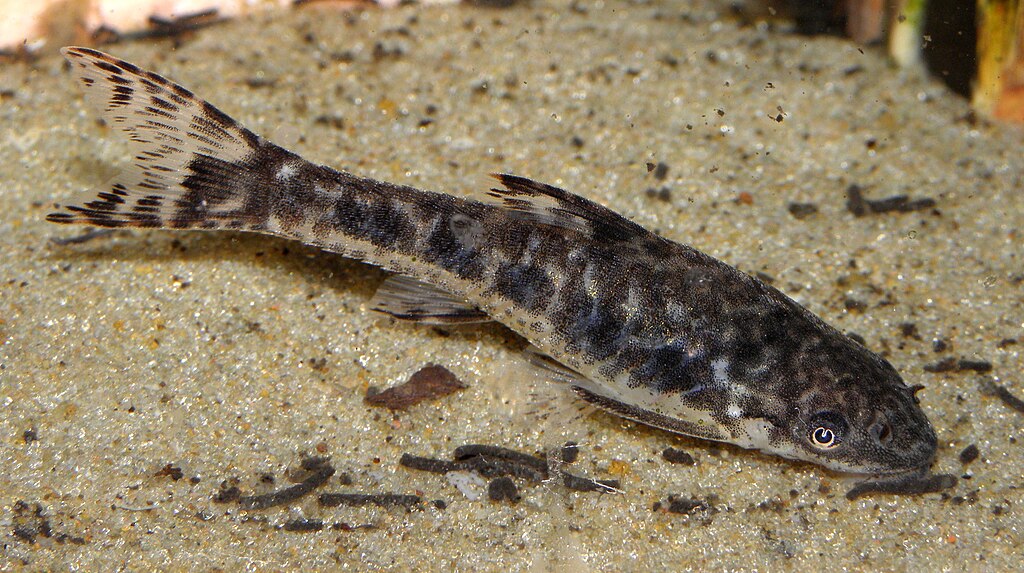
Why Choose an Otocinclus?
Otocinclus catfish are the unsung heroes of freshwater aquariums. They don’t just add life to your tank—they also serve a useful role in keeping algae growth under control. For aquarists who appreciate balance and cleanliness, Otos are an eco-friendly solution.
They’re especially ideal for planted tanks, where algae growth can become a nuisance. With their peaceful demeanor and non-aggressive behavior, they coexist beautifully with other community fish like tetras, rasboras, guppies, and shrimp.
Their small size (usually 1.5–2 inches / 3.8–5 cm) makes them perfect for nano tanks, provided the environment is mature and stable. However, their sensitivity to water quality means they are not ideal for brand-new aquariums.
Handling and Temperament
Otocinclus are shy, gentle fish that prefer to live in schools. In the wild, they inhabit groups of hundreds, grazing on biofilm and algae along rocks and plants. In captivity, keeping them in small groups of at least 5–6 individuals helps them feel secure and exhibit natural behaviors.
Personality Traits
- Peaceful and friendly, never aggressive.
- Active during the day but tend to rest on leaves and glass when full.
- Often cling to surfaces with their suction-cup mouths, which they use to rasp algae.
Tankmates
Otos are one of the best community fish. They get along well with small, non-aggressive species such as:
- Neon and cardinal tetras
- Corydoras catfish
- Cherry shrimp
- Rasboras
- Dwarf gouramis (peaceful ones)
Avoid housing them with aggressive or predatory fish like cichlids, barbs, or large bettas, as Otos can easily become stressed or injured.
Because of their gentle nature, Otos should never be caught or handled directly. Use soft nets when transferring them and always ensure they have hiding places to reduce stress.
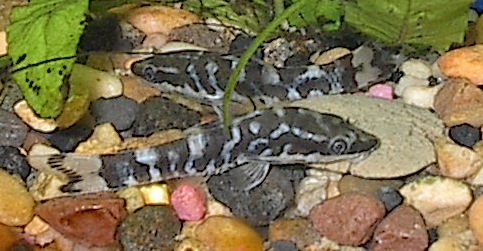
Care and Maintenance
Although they are hardy once settled, Otocinclus require specific care and a mature tank to thrive. Their main challenge lies in acclimating to a new environment and maintaining stable water quality.
Tank Setup
- Tank Size: A minimum of 10 gallons (38 liters) is suitable for a small group of 3–4 Otos, though 20 gallons or larger is ideal for groups of 6 or more.
- Substrate: Fine sand or smooth gravel works best to prevent injuries.
- Plants & Decorations: Provide plenty of live plants, rocks, and driftwood. Otos love to graze on the biofilm that grows on these surfaces.
- Filtration: Use a gentle but efficient filter; strong currents can stress them. Sponge filters are an excellent choice.
- Lighting: Moderate lighting promotes natural algae growth, which benefits their diet.
Water Parameters
Maintaining clean, stable water is crucial.
- Temperature: 72–79°F (22–26°C)
- pH: 6.5–7.5
- Hardness: Soft to moderately hard water (2–12 dGH)
- Ammonia/Nitrite: 0 ppm
- Nitrate: < 20 ppm
Regular water changes (around 25–30% weekly) are essential to keep the environment healthy.
Acclimation Tip
Otos are sensitive to sudden changes. Always drip-acclimate them slowly over 45–60 minutes when introducing them to a new tank.
Feeding
Otocinclus are primarily herbivorous grazers. In the wild, they feed on algae, biofilm, and plant matter, scraping surfaces with their specialized mouths.
In captivity, they often struggle at first if the tank doesn’t have enough natural algae. It’s vital to ensure they have enough to eat.
Diet Breakdown
- Primary Foods: Natural algae, biofilm, blanched zucchini, cucumber slices, or spinach.
- Supplemental Foods: Algae wafers, spirulina tablets, or high-quality vegetable pellets.
- Feeding Frequency: Once daily or every other day. Remove uneaten food within 24 hours to prevent water quality issues.
Feeding Tip
Attach blanched vegetables to the tank glass using veggie clips. Otos will happily graze on them throughout the day.
Unlike some other catfish, Otocinclus do not eat leftover fish food or detritus—they rely mainly on plant-based material. Ensuring a steady algae supply or supplementing with wafers is essential for their survival.
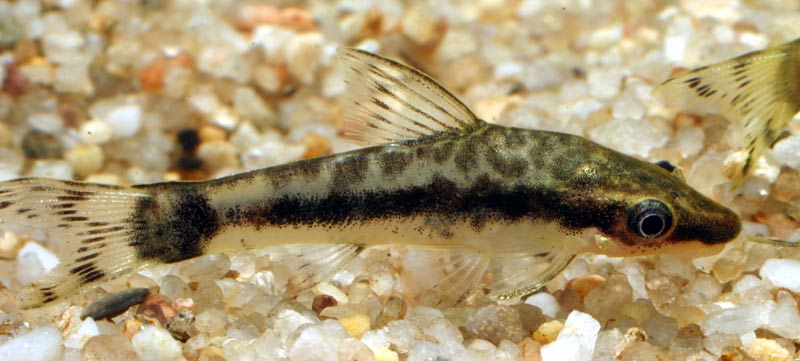
Health and Durability
Otos are delicate during their first few weeks in a new home. Many losses occur due to stress, starvation, or poor acclimation. Once settled, however, they become quite hardy and can live 3 to 5 years under proper care.
Common Health Concerns
- Starvation: One of the leading causes of early death; always provide enough algae and vegetables.
- Stress: Caused by aggressive tankmates or frequent handling.
- Water Quality Issues: Ammonia and nitrite spikes can be fatal.
Preventative Care
- Keep water parameters stable.
- Offer a consistent, algae-rich diet.
- Maintain a peaceful environment with hiding spots.
Signs of a Healthy Oto
- Round belly (not sunken).
- Active grazing behavior during the day.
- Clear eyes and fins.
- Smooth, even swimming without erratic motion.
With consistent care and a mature tank, Otos can thrive for years while keeping your aquarium glass crystal clear.
Availability and Cost
Otocinclus catfish are widely available in most aquarium stores, especially those that specialize in freshwater tropical fish.
Where to Buy
- Local Fish Stores (LFS): A great place to choose healthy, active specimens.
- Online Retailers: Reliable for bulk purchases or rare species like Otocinclus vittatus or Otocinclus cocama (Zebra Oto).
- Aquarium Clubs or Breeders: May offer captive-bred Otos, which often adapt better than wild-caught ones.
Cost Breakdown
- Price per Fish: Typically $2 to $5 each, depending on species and size.
- Setup Cost: Around $80 to $150 for a suitable tank, filter, plants, and basic equipment.
- Maintenance Cost: Minimal—mostly food and water conditioner.
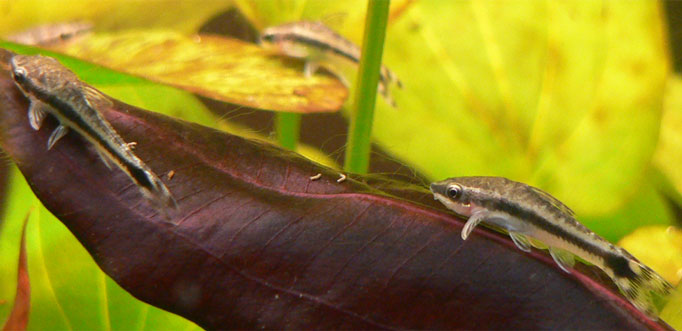
Pros and Cons
Pros
✅ Excellent natural algae eaters.
✅ Peaceful and compatible with most small community fish.
✅ Fun to watch and great for planted aquariums.
✅ Inexpensive and easy to find.
Cons
❌ Sensitive to poor water conditions.
❌ Can starve in tanks without sufficient algae.
❌ Fragile during transport and acclimation.
❌ Require groups to feel safe, increasing space needs slightly.
Final Thoughts
The Otocinclus catfish is one of the most beloved algae-eaters in the aquarium hobby—and for good reason. Their peaceful nature, diligent algae-cleaning habits, and compatibility with a wide variety of tankmates make them a must-have for any well-maintained freshwater setup.
While they can be fragile at first, proper acclimation, a stable environment, and a steady algae supply will ensure they thrive. In return, you’ll enjoy a lively, clean aquarium and a fascinating display of natural behavior.
For aquarists looking for a natural and charming way to control algae, Otocinclus catfish are an excellent choice—tiny in size but mighty in their contribution to a balanced aquarium ecosystem.
Have you kept Otos in your tank? Share your experience and tips in the comments below! We’d love to hear how your algae-eating friends are doing.
For more detailed fish care guides and aquarium reviews, stay tuned to our blog and don’t forget to subscribe to our newsletter! 🐠




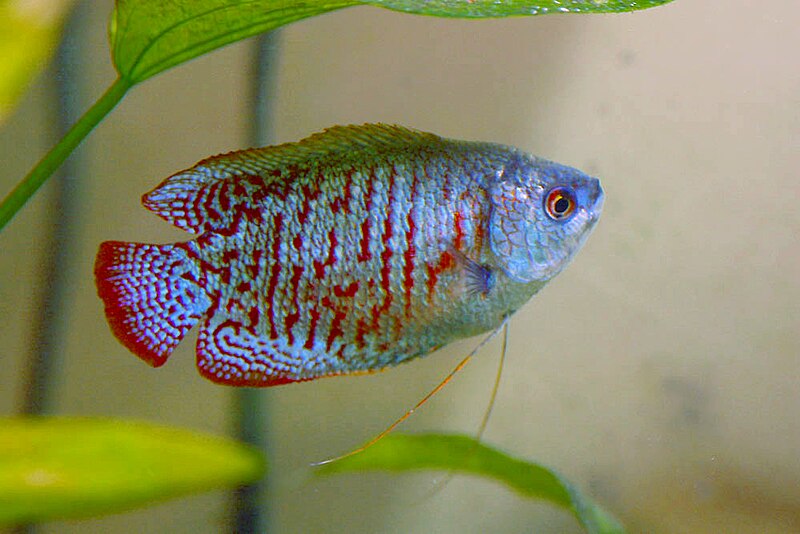

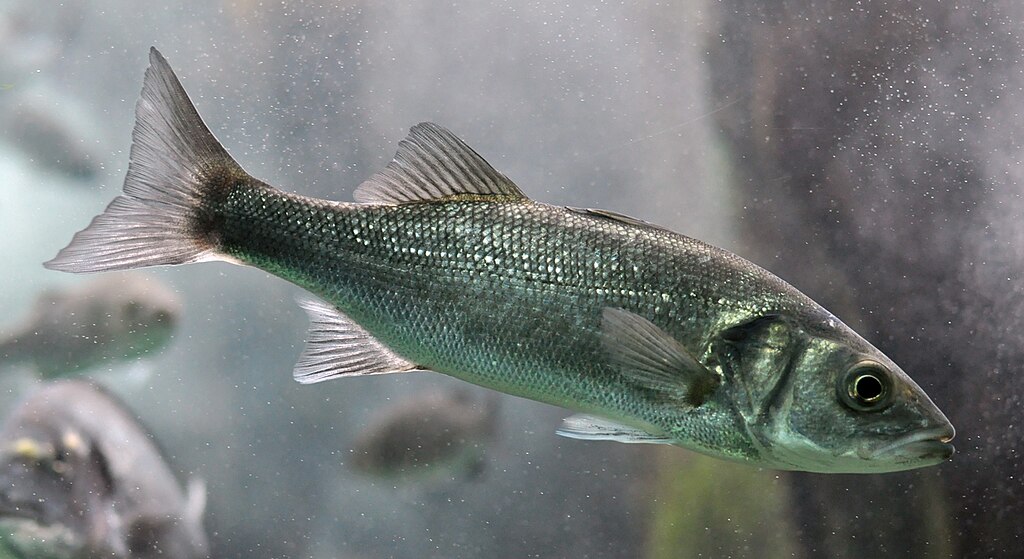
Leave a Reply